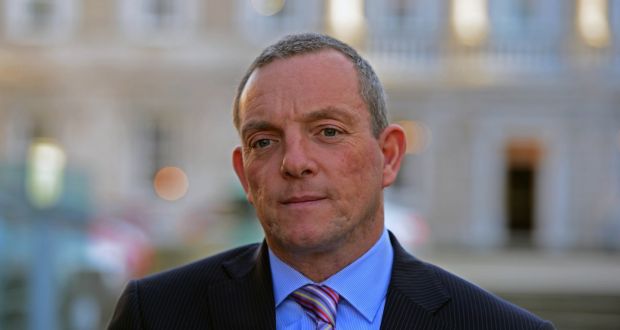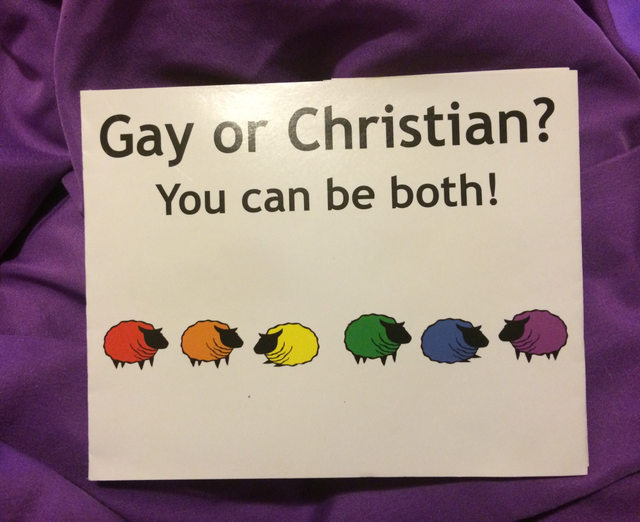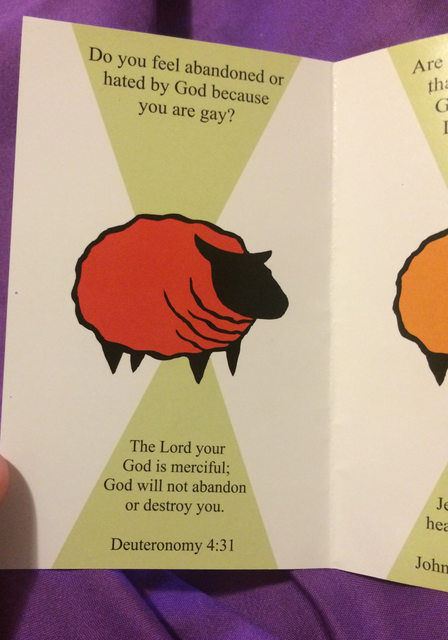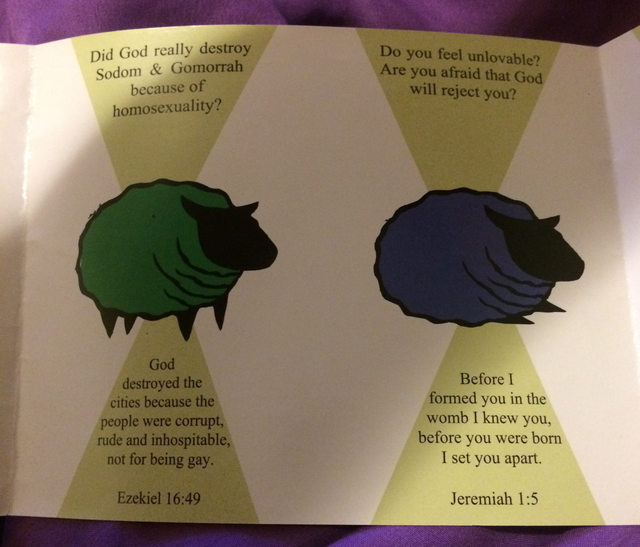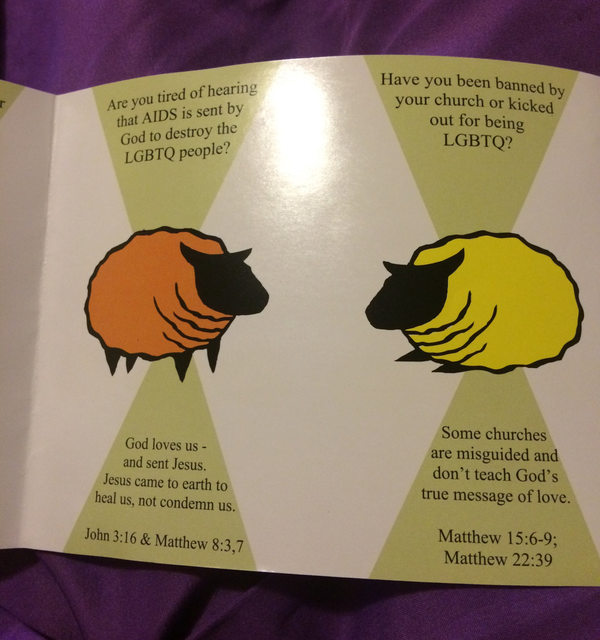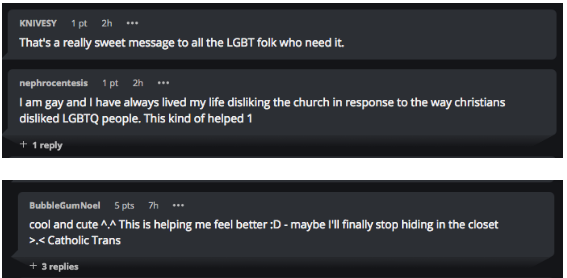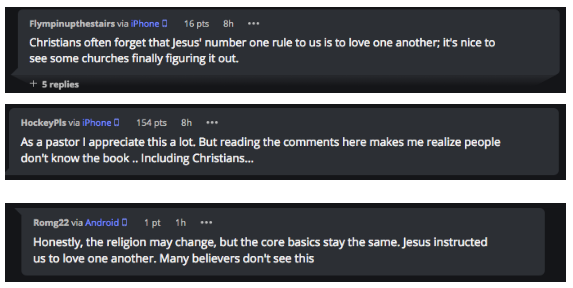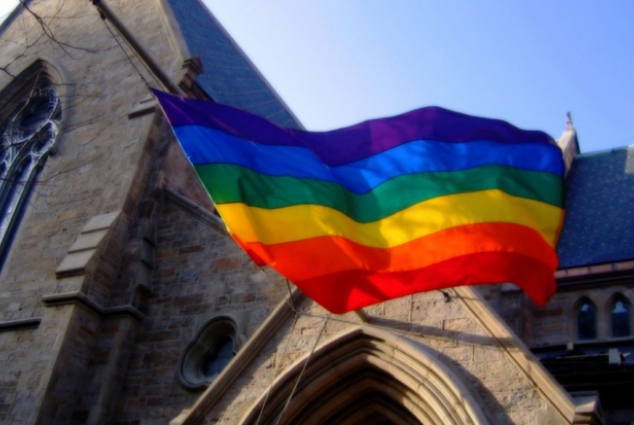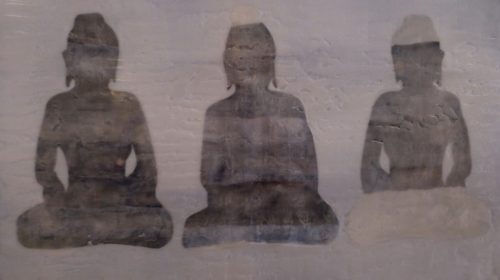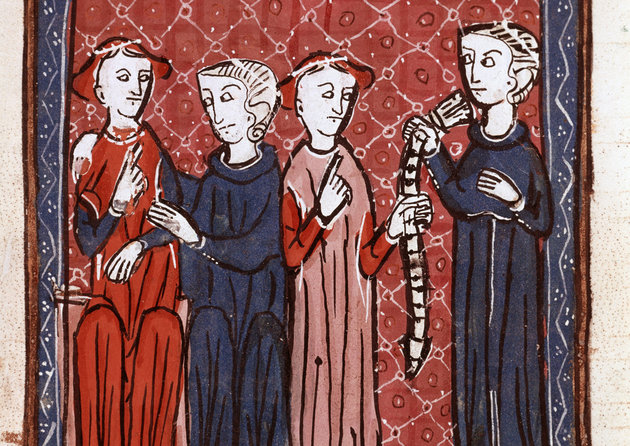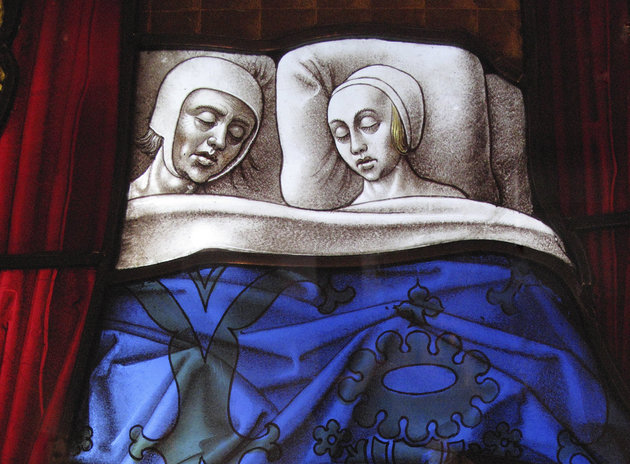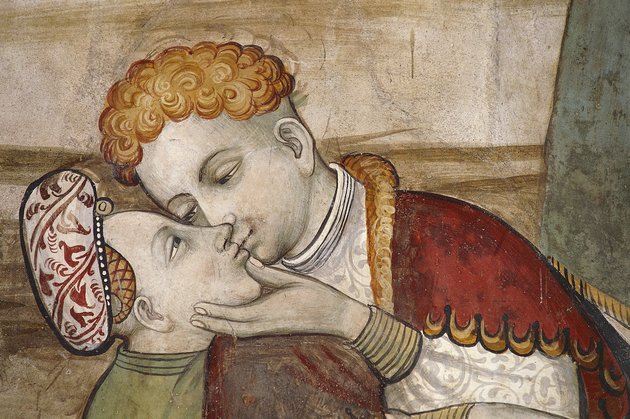by Nick Patricca

Why do so many gay people remain loyal to the Catholic Church?
A dear friend of mine who is a Catholic priest brought this question up during dinner when I was trying to decide upon a topic for my September op-ed in WCT. I have worked with and in Catholic organizations my whole life and it is stunningly obvious that LGBTQ persons have always been involved in the life, work and mission of these Catholic communities. Yet, I had never thought through the why’s and why-not’s of this fact.
My priest friend honed this question to a sharp point to prod my interest. I paraphrase him: ‘Without the gays and women and other groups routinely abused by the institutional Church—such as divorced people and couples who practice birth control and partners in non-church sanctioned marriages—our pews would be empty!’
I remembered how my mother had to suffer several bouts of cancer before the ‘Church’ would permit a hysterectomy, and how one of my aunts would not go to communion because she practiced birth control to protect her health and the well-being of her family. I remembered their steadfast work for their parish throughout their lives.
[Aside: I had another aunt who loudly scolded women who complied with destructive church rules: “Those are laws made by men not by God.” She also terrorized the pastor—a really good man—by sitting in the front pew directly under the pulpit with an old-fashioned alarm clock with large bells on either side which she boldly wound up and set to 10 minutes.]
My priest friend was not finished with me. Again I paraphrase him: ‘What about the arbitrary firing of gay people who have worked for years and years openly and successfully for Catholic institutions only to be told that they are no longer welcome and that they are not ‘good’ Catholics or worse ?’ He cited the case of J. Colin Collette who is suing on civil-rights grounds the Archdiocese of Chicago and Holy Family Catholic Community in Inverness for ‘wrongful and unlawful dismissal’ from his position as music director at Holy Family. The archdiocese sought to have the case dismissed on ‘ministerial exception’ grounds. On July 29, 2016, a federal judge in Chicago rejected this procedural motion and allowed the case to proceed. ( newwaysministryblog.wordpress.com/tag/colin-collette/ ).
Let us take a closer look at the Collette case. After 17 years of praiseworthy service as music director—attested to by the vigorous support of many members of the Holy Family Community—J. Colin Collette was fired from his position in the summer of 2014 because he announced on Facebook his intention to marry his same-sex partner William Nifong.
As I understand the matter, Holy Family dismissed Collette for ‘publicly planning to enter into a non-sacramental or non-church sanctioned marriage’ because as director of music Collette is in a ‘ministerial position’ and must ‘as such’ represent the teachings of the Catholic Church. The ‘public’ part of this reason is noteworthy since it seems the Holy Family parishioners were well aware of Collette’s sexual identity.
Throughout this dispute, Collette has resolutely affirmed his strong commitment to the Catholic faith and to the Catholic community he has served for 17 years. In an interview published in a Chicago Tribune blog post ( March 8, 2016 ) Collette described his protest against his firing as a call for justice within the Catholic Church for the many LGBTQ people who faithfully serve their communities—a call for justice not unlike the call for justice for those who suffered sexual abuse by Catholic clergy.
And, let us not forget the many gay Catholics who serve as nuns, priests, brothers, and other types of ministers—an issue for another day and another column.
In reading several of Collette’s discussions of his commitment to the Catholic faith, I was reminded of the excellent work Garry Wills has performed for us Catholics through his intellectually rigorous investigations of our history, which bring to light a ‘Catholic Church’ so wondrously rich with diverse spiritual traditions and polities and yet so profoundly simple in its obedience to the universal message of Jesus. ( See, for example, Why I Am a Catholic, Garry Wills, 2002. )
The Catholic Church has a strong, effective social-justice tradition respected worldwide by governments and peoples of all faiths and intellectual persuasions. It is long past the time for the Catholic Church to implement the principles of its social-justice policies to its own institutional structures in our contemporary world.
Complete Article HERE!




